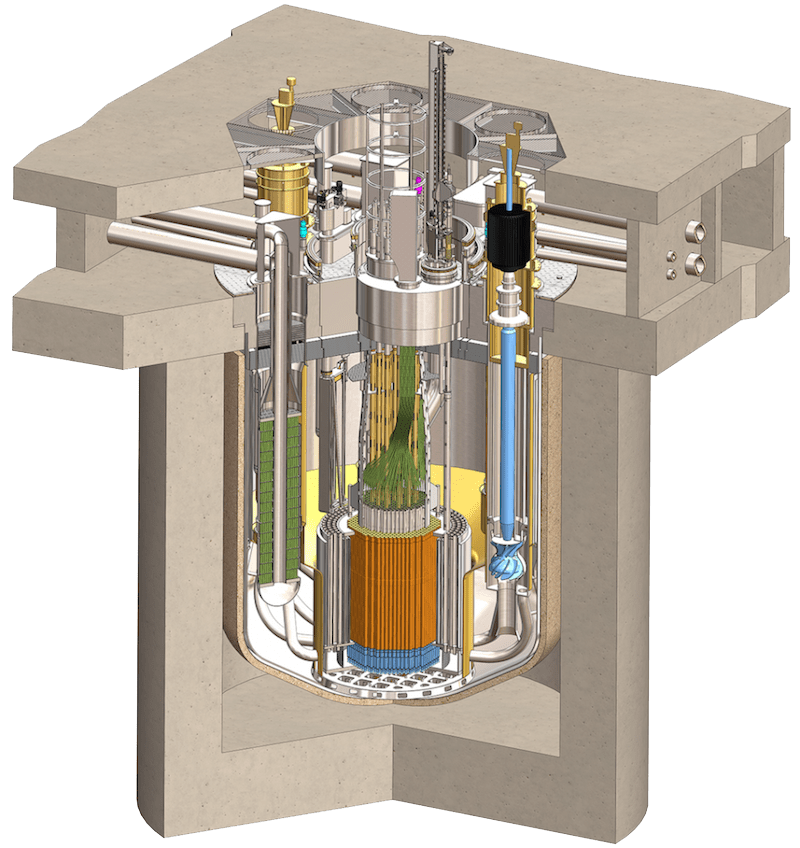TerraPower is a nuclear reactor design company headquartered in Bellevue, Washington, United States.
TerraPower’s innovators are inspired to create technologies to provide safe, affordable and abundant carbon-free energy.
They devise ways to use heat and steam to drive economic growth while decarbonizing industry. And they develop processes to extract radioisotopes for medical use in lifesaving cancer treatments.
Their team combines unparalleled technical and engineering expertise, experience in delivering nuclear projects, and building organizations to tackle large scale global challenges.
TerraPower was founded by Bill Gates and a group of like-minded visionaries that decided the private sector needed to take action in developing advanced nuclear energy to meet growing electricity needs, mitigate climate change and lift billions out of poverty. Advanced reactors and other isotopic applications are now possible with technology and enhanced computing capabilities that were unimaginable a few decades ago.
TerraPower is developing a class of nuclear fast reactors —
NATRIUM™ REACTOR AND INTEGRATED ENERGY STORAGE
TerraPower and GE Hitachi Nuclear Energy brought together their decades of unparalleled design expertise and technical capabilities to develop the Natrium™ technology, which features a cost-competitive sodium fast reactor combined with a molten salt energy storage system. This unique combination will provide clean, flexible energy and stability, and integrate seamlessly into power grids with high penetrations of renewables.

MOLTEN CHLORIDE FAST REACTOR TECHNOLOGY
TerraPower’s second advanced reactor design is the Molten Chloride Fast Reactor (MCFR) technology. This project answers a multitude of challenges by expanding the ability of nuclear reactor technology to decarbonize the economy in sectors beyond electricity. The MCFR project has the potential to be a relatively low-cost reactor that can operate safely in new, higher temperature regimes. This means the technology can do more than generate electricity; it offers benefits to potential alternative markets, such as providing carbon-free heat for industrial processes, and thermal storage.

TRAVELING WAVE REACTOR TECHNOLOGY
The TWR concept places a small core of enriched fuel in the center of a much larger mass of non-fissile material, in this case depleted uranium.

Neutrons from fission in the core “breeds” new fissile material in the surrounding mass, producing Pu239. Over time, enough fuel is bred in the area surrounding the core that it begins to undergo fission as well, sending neutrons further into the mass and continuing the process while the original core burns out. Over a period of decades, the reaction moves from the core of the reactor to the outside, thus giving the name “travelling wave”.

Advanced reactors and other isotopic applications are possible with technology and enhanced computing capabilities that were unimaginable just a few decades ago.
Mini Nuclear Reactors Offer Promise of Cheaper, Clean Power
